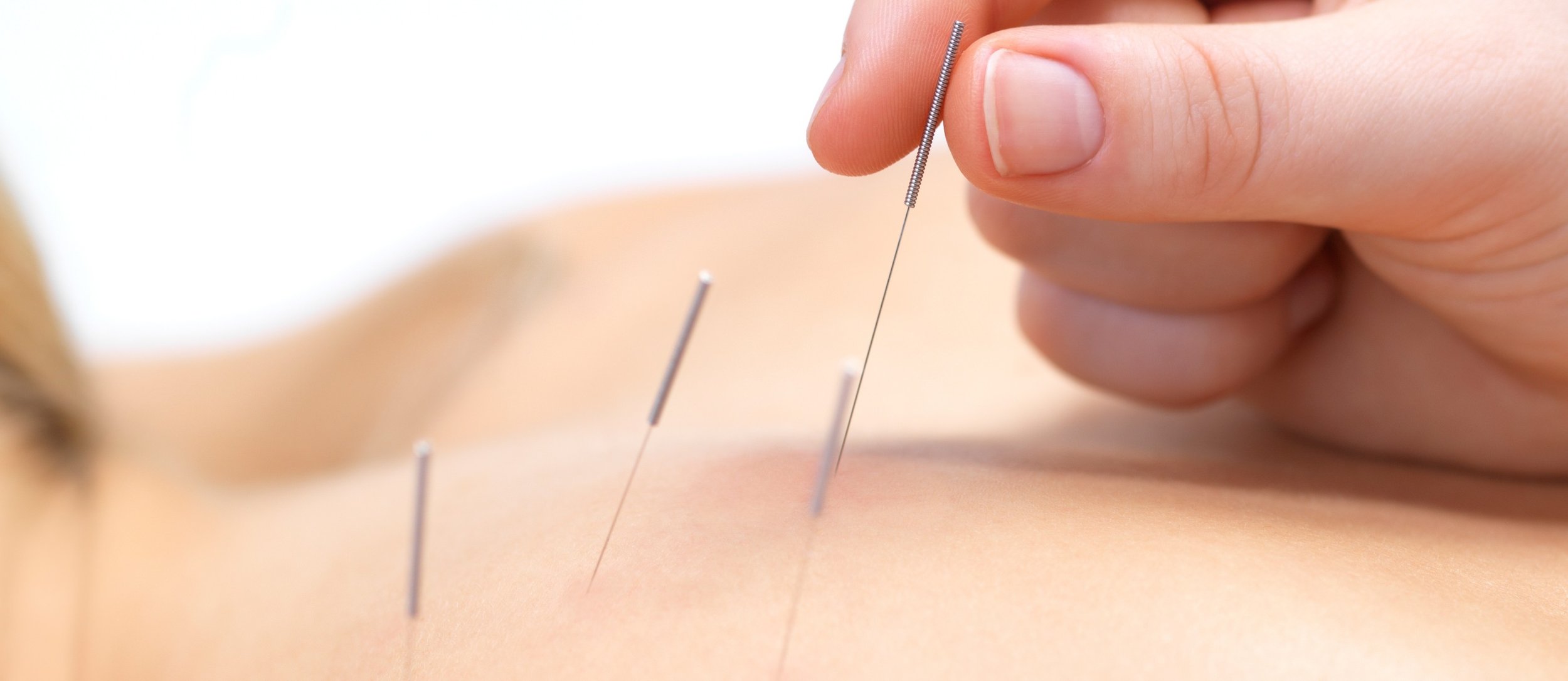Dry needling and acupuncture are similar in that they both involve the insertion of thin needles into the skin for therapeutic purposes.
However, there are some key differences between the two practices:
Training and background
Dry needling is typically performed by physiotherapists, who have received specific training in the technique. Acupuncture is typically performed by acupuncturists, who have received extensive training in traditional Chinese medicine.
Theory and philosophy
Dry needling is based on Western medical principles and is used to treat specific musculoskeletal conditions. Acupuncture is based on traditional Chinese medicine principles and is used to restore balance to the body's natural energy flow.
Needle insertion
Dry needling involves inserting needles into specific trigger points in the muscle to relieve pain and improve function. Acupuncture involves inserting needles into specific points on the body's energy meridians to restore balance and promote healing.
Length of treatment
Dry needling sessions are usually shorter in duration compared to acupuncture sessions.
Summary
Dry needling and acupuncture are two different practices that involve the use of needles for therapeutic purposes.
Dry needling is based on Western medical principles and is used to treat specific musculoskeletal conditions, while acupuncture is based on traditional Chinese medicine principles and is used to restore balance to the body's natural energy flow.

